
In Part 01 of our story about M2, we delved into how Mazda set up flashy building in Tokyo’s posh Setagaya neighborhood and invited customers to give them feedback. What resulted was the 1001, a clubman-themed Miata modded straight from the factory. In Part 02, we see how the grand experiment concluded.
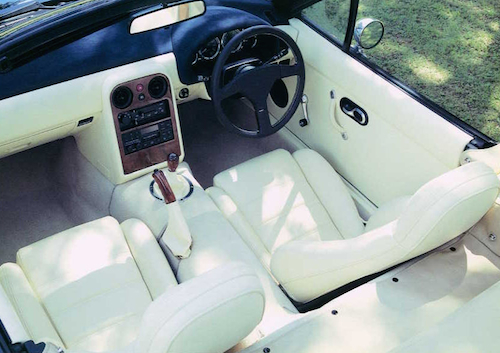
M2’s next product, the 1002, appeared a year after the 1001. Whereas the 1001 was a hardcore driving package, the 1002 focused on touring. As such, both drivetrain and chassis were left stock. The interior, however, featured wood trim furnished by Yamaha and extensive surface coverage in striking ivory leather. Even the dashboard was leather- clad, though in dark blue to match the exterior. On the outside, the 1002 looked little different from the 1001 aside from a tan soft top and the absence of the driving lights.
With fewer mechanical upgrades, it was a bit cheaper than its predecessor but still limited to 300 units. Unfortunately, perhaps due to the focus on luxuries as well as the gloom over the Bubble Economy, M2 struggled to find buyers. Slow sales caused the cancellation of the 1003.
However, two subsequent Roadster concepts did make it to prototype stage. Shown in 1992, the 1006 was the 1001’s evil twin. Somewhat uncharacteristic for Mazda, the aspiration of this car was to be a Japanese Viper or Cobra of sorts, a Roadster on steroids. Nicknamed the “Cobraster,” it was powered by the 929’s 3.0L JE-ZE V6 (tuned to produce 220PS) and rode on suspension components from the RX-7. The 16” wheels wore staggered tires: 225/50 up front, 245/50 in the back. With aero fairings behind the headrests and a muscular body, it was an outlandish speedster.

The other high-profile M2 Roadster prototype was the 1008. This one ostensibly borrowed inspiration from classic Italian GTs. A closed-top coupe, it preceded the M Coupe from Mazda’s American R&D. The pop-up headlights were replaced with glassed-over units, and the rear—with simple round taillights—was especially reminiscent of vintage Zagato or Ferrari GTs. While the 1008 was not produced, the roof design around the C-pillar and rear quarter windows would resurface in the NB RS Coupe.

Besides Roadsters, M2 also developed other Mazda vehicles. Most notably, it laid its hands on the Autozam AZ-1 and the FD3S RX-7. M2’s take on the former came in 1994 as the 1015. Modification focused on the exterior with large driving lights integrated into the hood between the headlights and a rear wing similar to that of the Mazdaspeed Touring Kit for the AZ-1. Two runs of 50 were produced. M2 also built three other AZ-1 prototypes: both 1014 and 1015A were rally inspired, while the 1015B was essentially an AZ-1 with detachable roof panels.
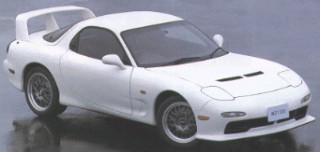
As for the RX-7, M2 envisioned a turn-key track car. Sharing the 1001’s philosophy, the 1020 featured engine and exhaust upgrades, various aerodynamic parts, staggered tires on BBS wheels, racing bucket sets, and adjustable shocks. Unfortunately, the 1020 never made it to production (although Mazda Australia would eventually borrow the design f!or its RX-7 SP).
By 1995, Mazda was struggling financially. Japan’s economy had slumped, and sales of sports and sporty cars were slipping to the exploding SUV market. M2, Inc. was shut down in April but not before delivering one last hurrah. Returning to the spirit of the 1001 “Clubman,” the M2-1028 “Street Competition” could be viewed as an evolution. Despite the engine having grown to 1.8L, weight reduction efforts (e.g. aluminum trunk lid, fiber glass racing seats) gave the 1028 an identical 2112-lb figure as the 1001. Yet body rigidity was increased by thirty percent, helped in part by a six-point roll cage.
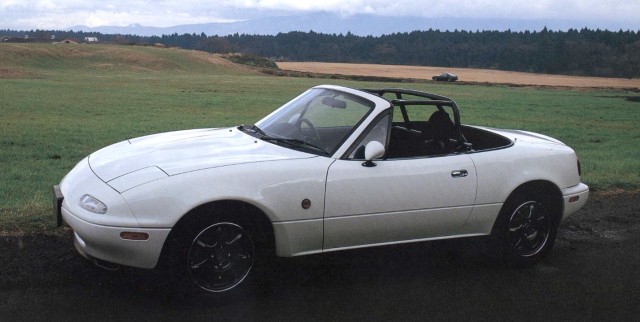
Coupled with an aggressive suspension tune and special Bridgestone tires, the 1028 was able to pull 0.93g on the skidpad. The tuned engine now put out 140PS, making this the most spirited production M2 car. With focus on functional changes, the exterior was left stock. This was in contrast to M2’s earlier Roadster variants and prototypes with more extensive “conceptual” modifications, making the 1028 a bit less distinctive. Only 300 units were produced in 1994, available in Chaste White or Dark Blue.
As mentioned earlier, tuned and specialty vehicles was just one side of what M2 was about. In exploring the product space and researching future directions for Mazda, M2 played around with creative variants based on several other Mazda models, including the subcompact Autozam Revue (M2-1004), Familia/323 (1005), Eunos Cosmo (1011), and Eunos Presso/MX-3 (1019). Some of its bolder ideas included a four-door four-seat sports car (1007), an “urban SUV” (1009), and a wheelchair-accessible Roadster (1031).
Such a plethora of concepts is the nature of off-line development projects, and they afford us a glimpse into the creative efforts of car developers. Aside from niche products and dreamy prototypes, two mainline vehicles did emerge from the M2 experiment: the Bongo Friendee with the pop-up tent (1024) and the original Demio (1022). Sorting the M2 model numbers reveals some missing ones, so I wonder what else they had up their sleeves.
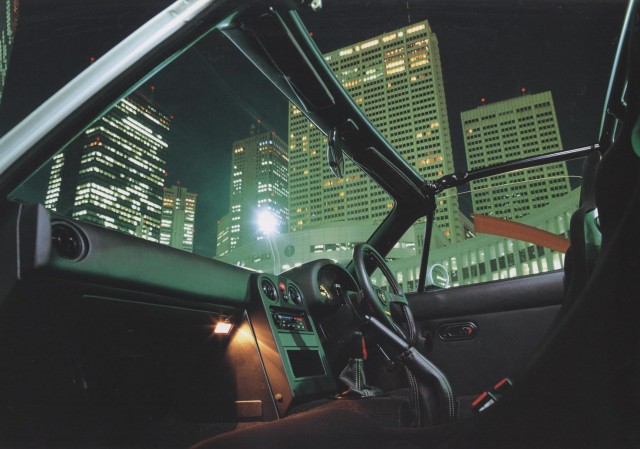
After M2 closed down, the M2 Building continued to be used by Mazda as ɛfĩni, Eunos, and (perhaps the coolest one) Mazda Rotary Setagaya showrooms. There was also a “Mazdaspeed Sports Factory” in it. Mazda Rotary Setagaya eventually closed in 1999, and Mazda sold the building in 2002. These days, it is occupied by a funeral home and makes occasional TV cameos. The M2 legacy does live on at least in Japan, as most, if not all, of the M2 production vehicles are accounted for. As we celebrate Miata’s 25th anniversary, consider the M2 variants. Among the numerous Roadster/Miata/MX-5 special editions Mazda has put out all over the world, the M2 cars are among the most special.
The 1001 will soon be eligible for import into the US. It would make for one cool and rare JNC worthy of collection and preservation, not to mention highly entertaining drives on your favorite twisty roads.




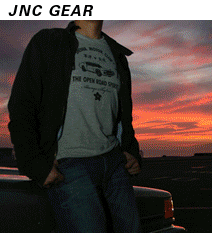
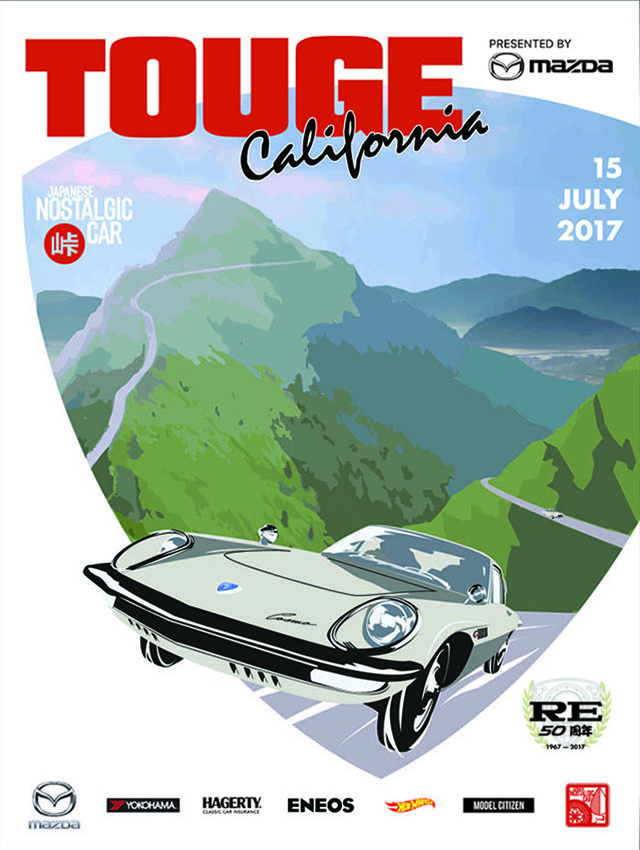
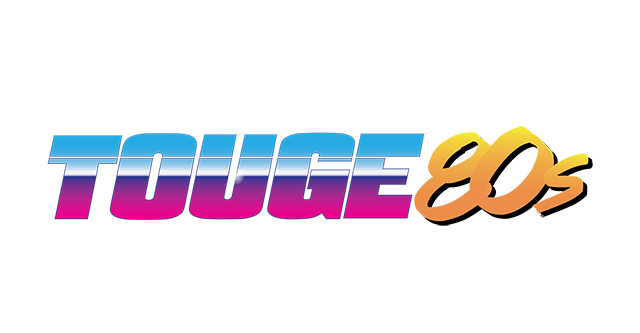

*slowclap.gif*
Well done, JNC. Well done.
FYI – Official Mazda Broadcast Message:
“ALL-NEW 2016 MAZDA MX-5 MIATA CONFIRMED
This fall, 25 years of storied MX-5 Miata history will turn the page to unveil the beginning of its fourth chapter as the next-generation roadster will be rumor no more during simultaneous global events in Japan, Spain and the United States. Officially confirmed as a 2016 model, the all-new MX-5 coyly made an initial debut at this year’s New York International Auto Show in the form of an exposed SKYACTIV-CHASSIS. MX-5 historians eagerly scribbled notes, snapped photos and speculated on what the final product would be. On September 3, 2014 speculation will shift into revelation during an exclusive event to be held in Monterey, Calif.”
http://www.mazda.com/stories/craftmanship/mx-5/mx-5_25th/
Miatas at Laguna Seca is that very weekend, and the ND will make its appearance there as well! I’m already registered. Anyone else going?
I wish….
Continued from the above release:
“In addition to the global unveil of the 2016 MX-5 Miata, MNAO has partnered with the enthusiast-operated event eponymously known as Miatas at Mazda Raceway, which will be held on September 5-7. Along with the next-generation MX-5 will be a full display of heritage, concept and motorsports MX-5s, MNAO will lead consumer discussion sessions covering history, motorsports, R&D and design as well as coordinate one of the largest gatherings of MX-5 Miatas in North America. Registration for the annual event is free and open to the public.”
Yep, a 1001 from Japan…sound like an excellent idea.